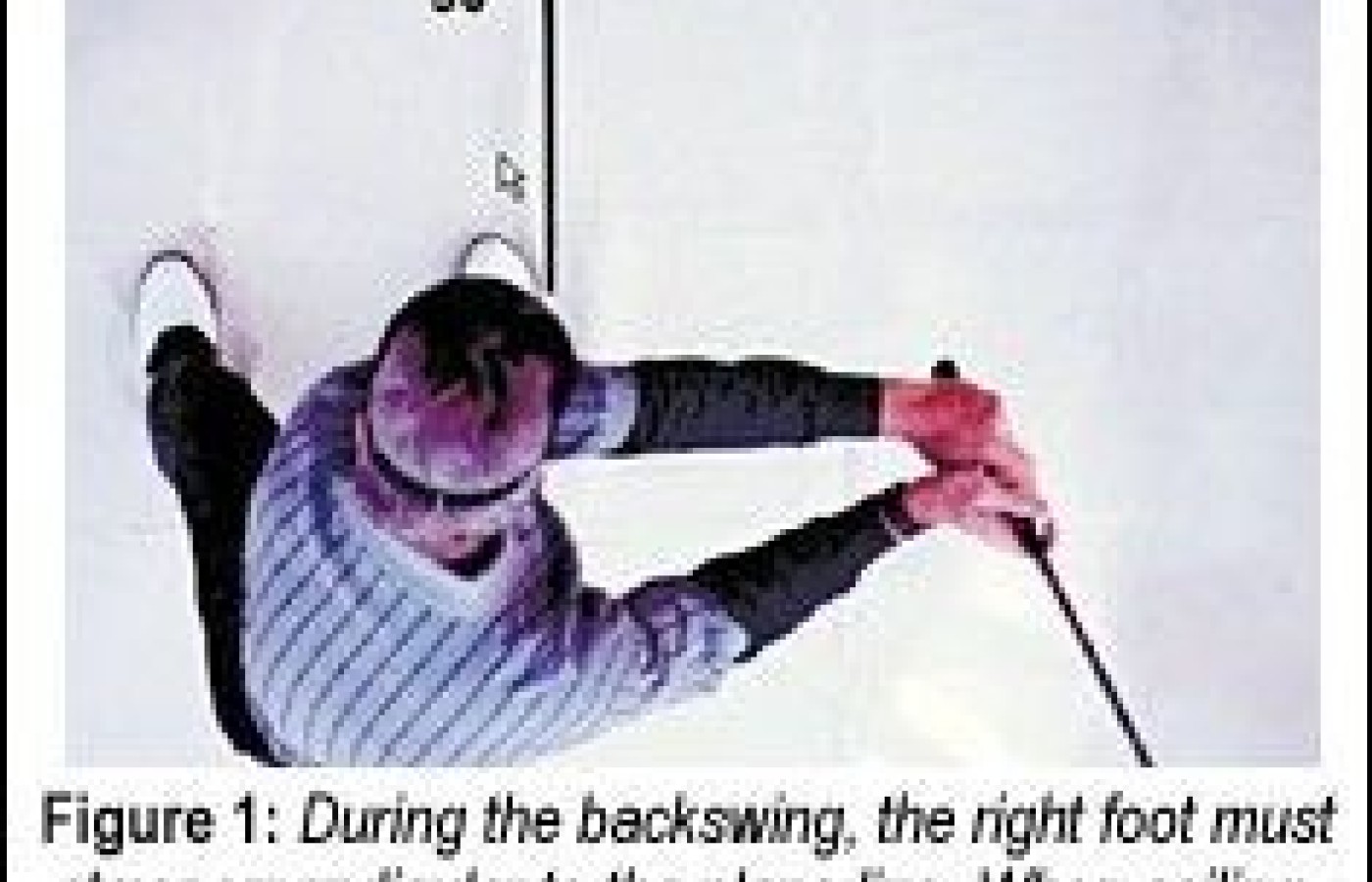It is estimated that 61% of patients with CTS avoid taking surgical options due to postoperative complications and costly surgical procedures. Chiropractic care offers a comprehensive and effective treatment for carpal tunnel syndrome, addressing the condition from multiple angles. Recent studies also have unveiled a game-changing adjunct to chiropractic treatments for CTS: nerve flossing.
Chiropractic and Golf: Part 3 of 12
About the author: Dr. Blanchard is a chiropractor and professional golfer who has trained thousands of DCs on the biomechanics of golf and treatment of golf injuries.
The primary complaint of patients who play golf is low back pain. This condition can result from an improper pivot, lumbopelvic subluxation and/or inadequate flexibility. When pre-existing physical problems couple with the repetitive, one-sided nature of the golf swing, it's a big problem. This explains why approximately 50 percent of patients who play golf will eventually become injured and need your help.

The Pivot
"Pivot" is defined as a "shaft about which related parts rotate." For the right-handed golfer, the shaft will be the right leg; related parts are the hips and shoulders. There are two key points to understand about a good pivot:

The position of the golfer's feet is the critical starting point for a good pivot. The pivot is essential to buildup kinetic energy (power) into the golf swing. Kinetic energy translates to club head speed, which is necessary to compress the golf ball. The more you compress a golf ball, the farther it goes.
Subluxation
Most patients will not position the right foot perpendicular to the plane line. When they try, they experience pain in the right sacroiliac joint as the hips rotate during the backswing. For relief, they will position their right foot outward so they can make a bigger hip turn with less pain. Unfortunately, with the right foot out of position, there is a loss of power and an inconsistent direction of ball flight.
Don't forget to check the integrity of the secondary curve of the lumbar spine. Without adequate lumbar lordosis, your patients will be at a mechanical disadvantage when they try to swing the club. The lumbar curve is an essential source of mechanical leverage for rotating the hips when swinging at a golf ball. (Refer to Part 1 in the series, "A Therapeutic Treatment and Prevention Program," in DC, December 15, 2001, on line at www.chiroweb.com/archives/19/26/02.html.)

Check your patient for subluxation in the pelvic girdle. For the right-handed golfer, if the right ilium is subluxated anterior-superior (AS), the transfer of body weight into the right ilium during the backswing will require more effort as your patient attempts to coil into a "longer" functional leg. In addition, the coil will be restricted and painful for your patient, since the right ilium will have a problem releasing to receive the transfer of weight into the right hip.
Poor Flexibility
The following positions are both diagnostic and corrective for improving the flexibility around the pelvic girdle. During examination, have your patients assume each stretch position and hold for at least 60 seconds. Make sure they keep breathing. Difficulty getting into position or labored breathing is diagnostic that this stretch is needed.



My next article, Part 4, will cover evaluation, strength and conditioning procedures, and protocols necessary for your patients to stabilize their pivots.
Jeffry Blanchard,DC
Encinitas, California
jhbdcpga@aol.com
www.blanchardgolf.com



